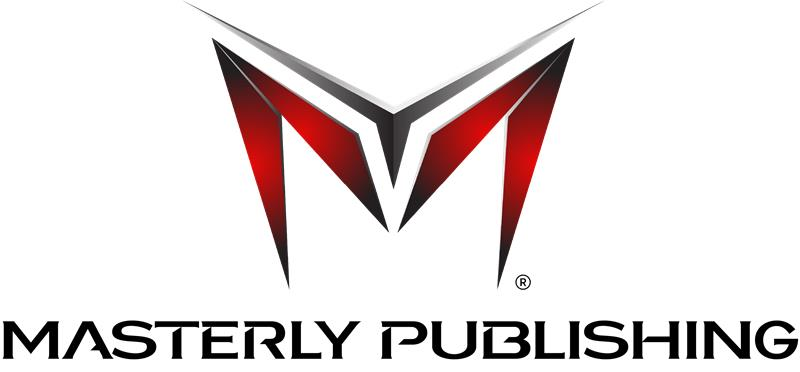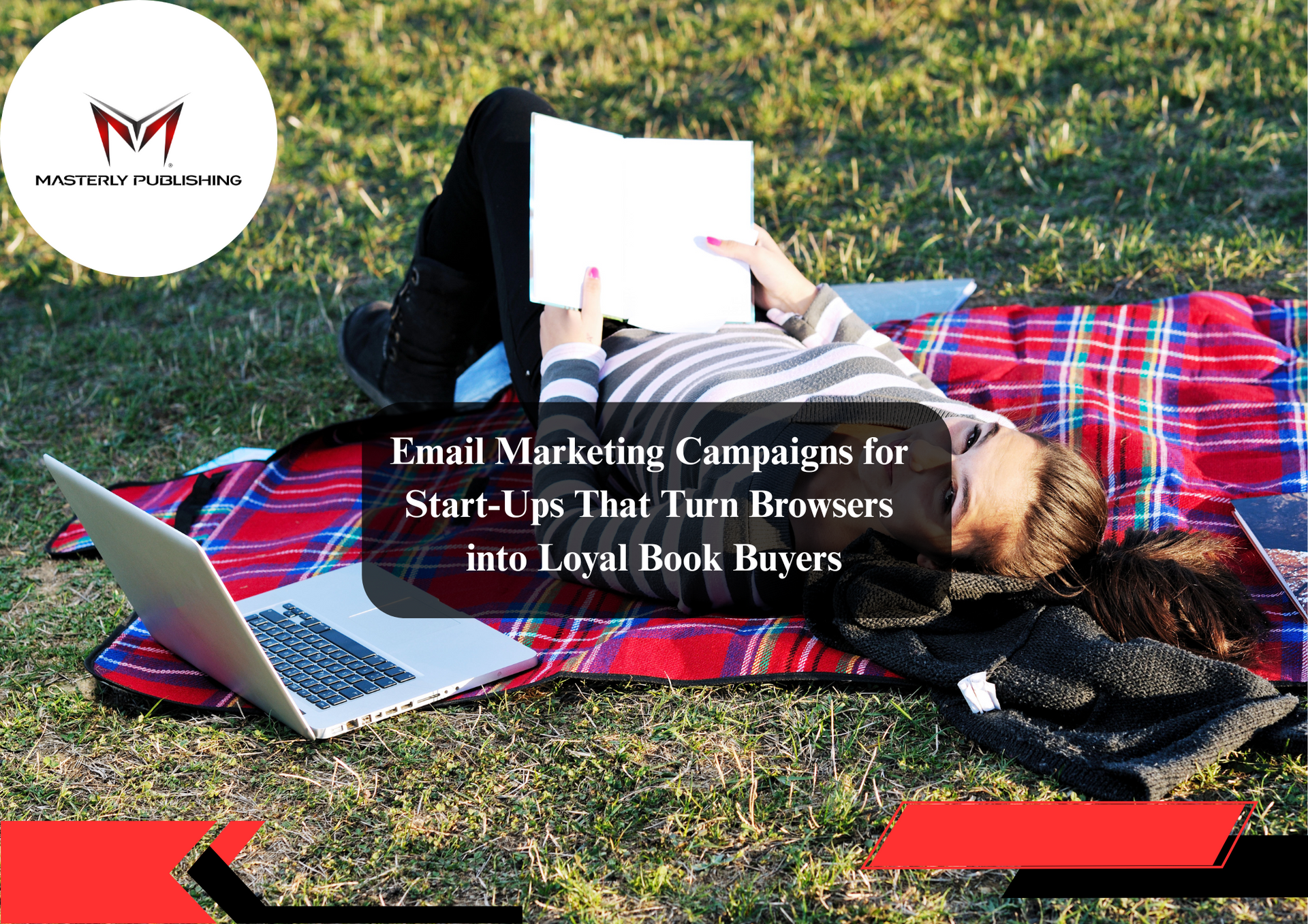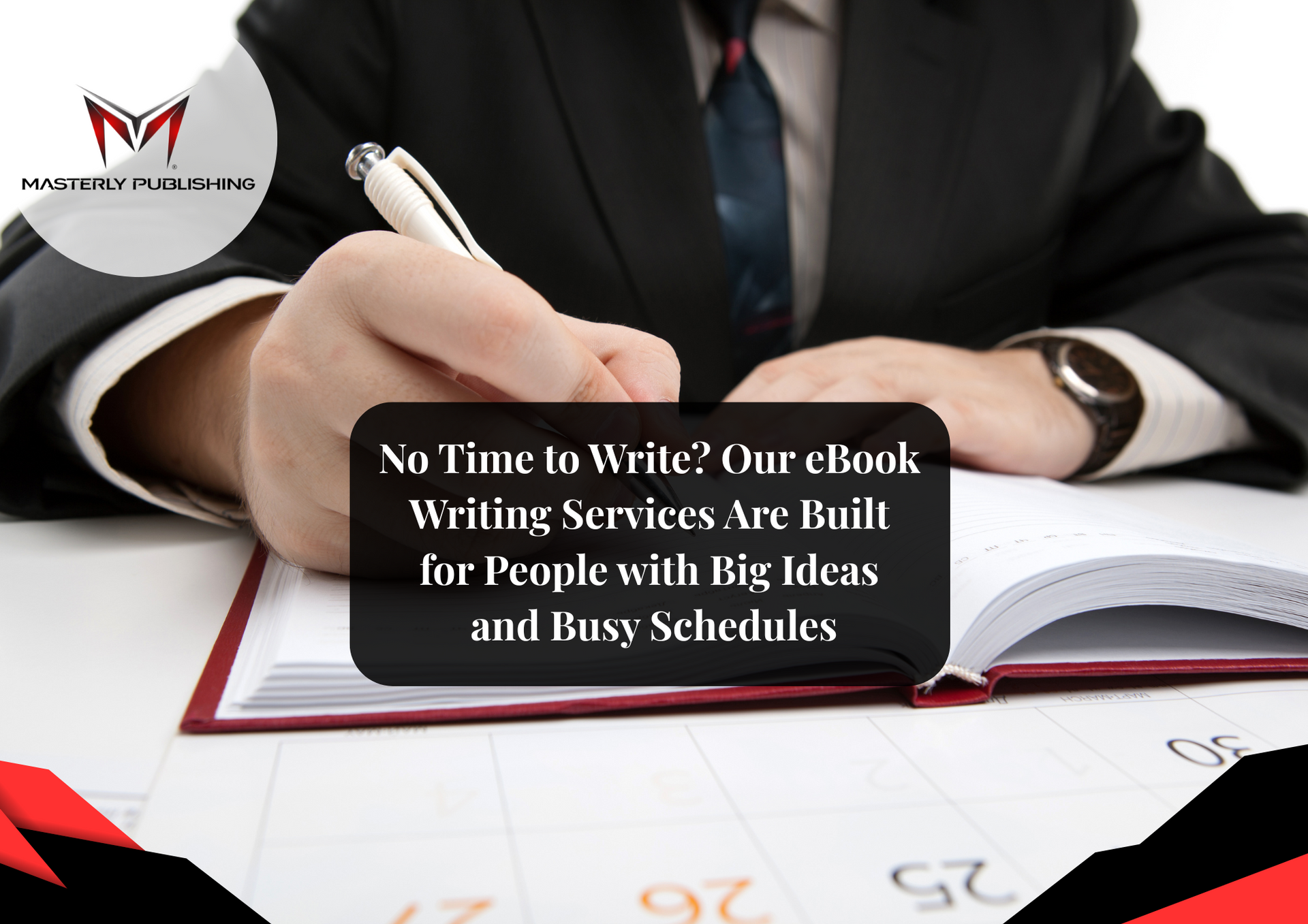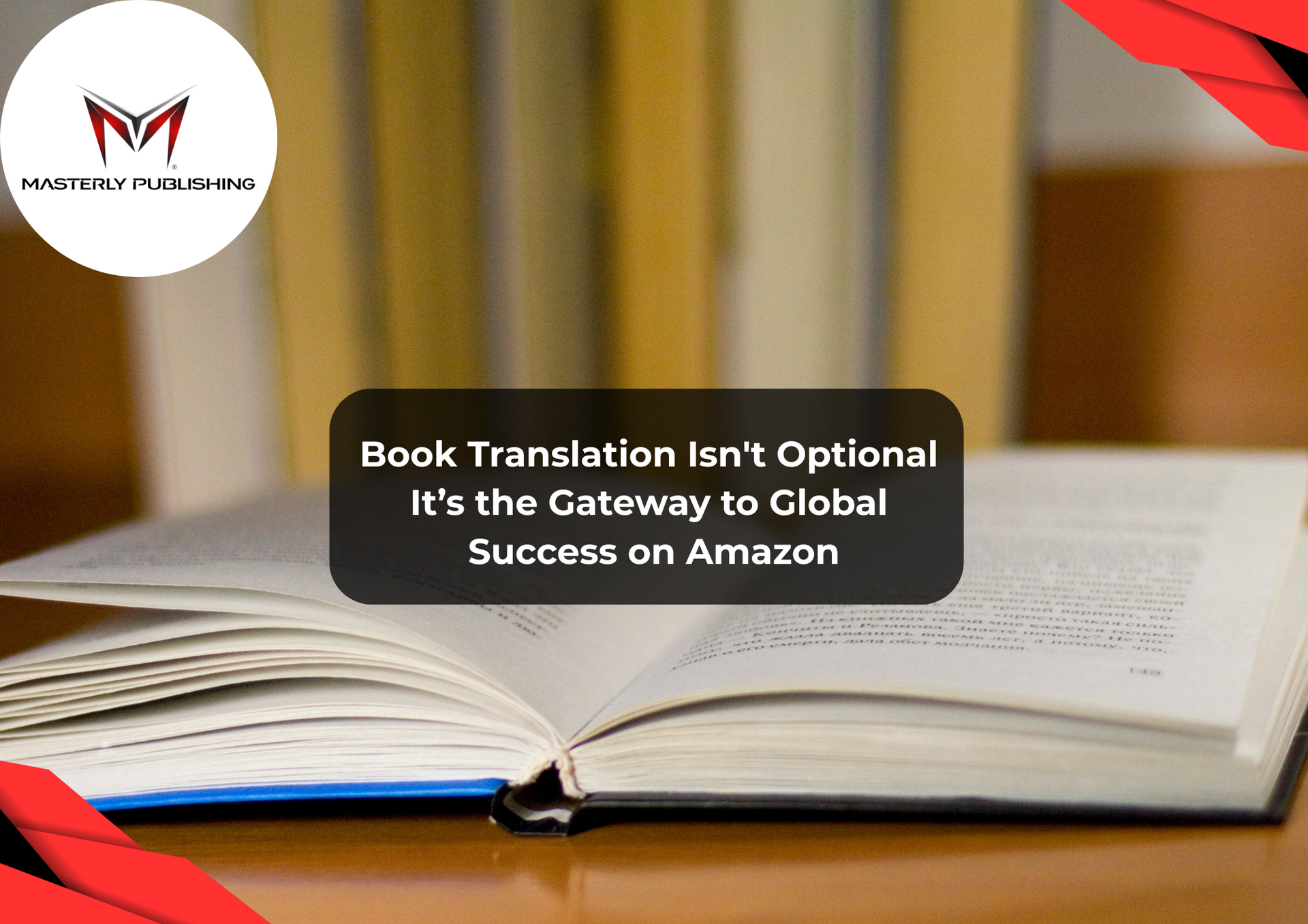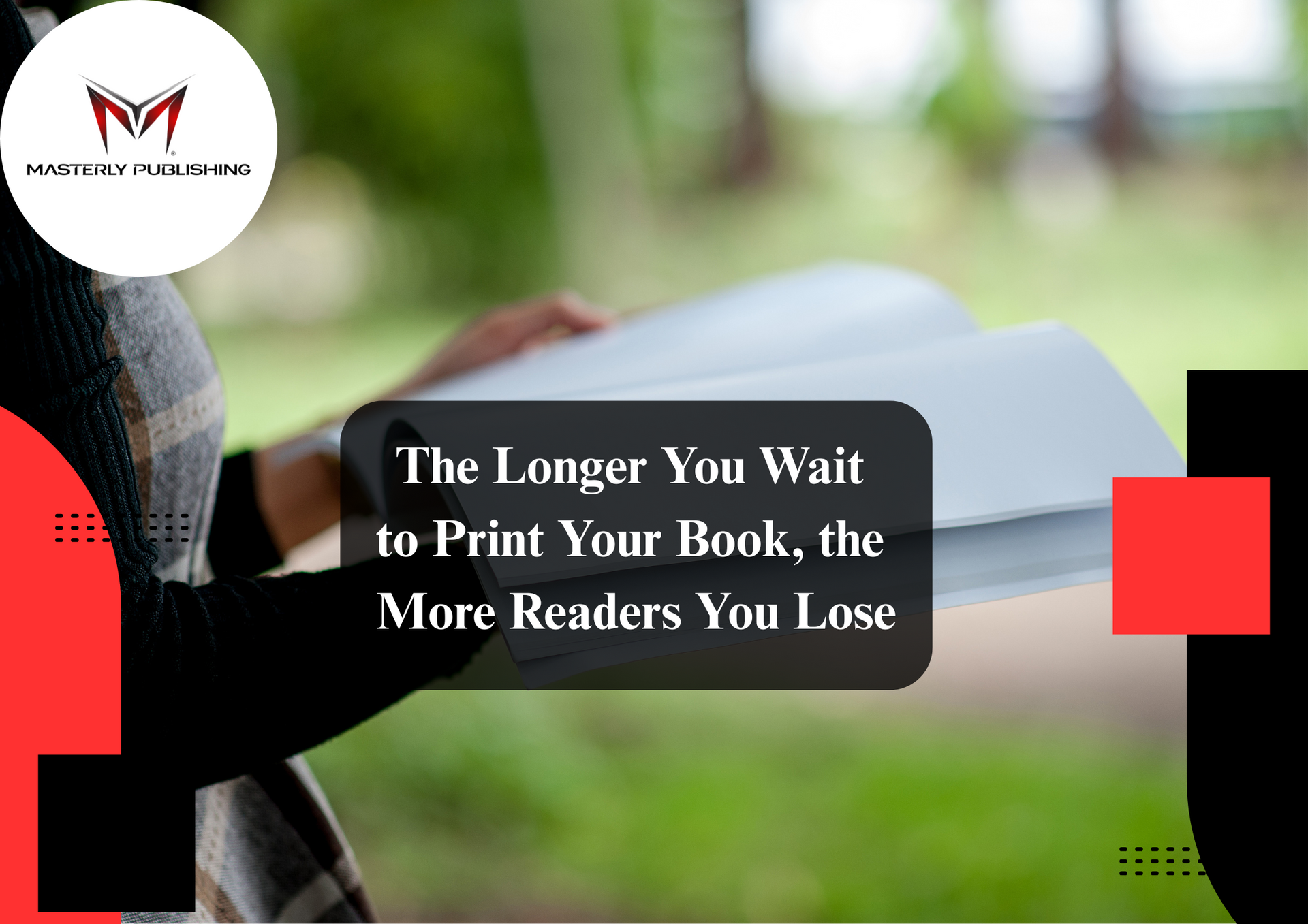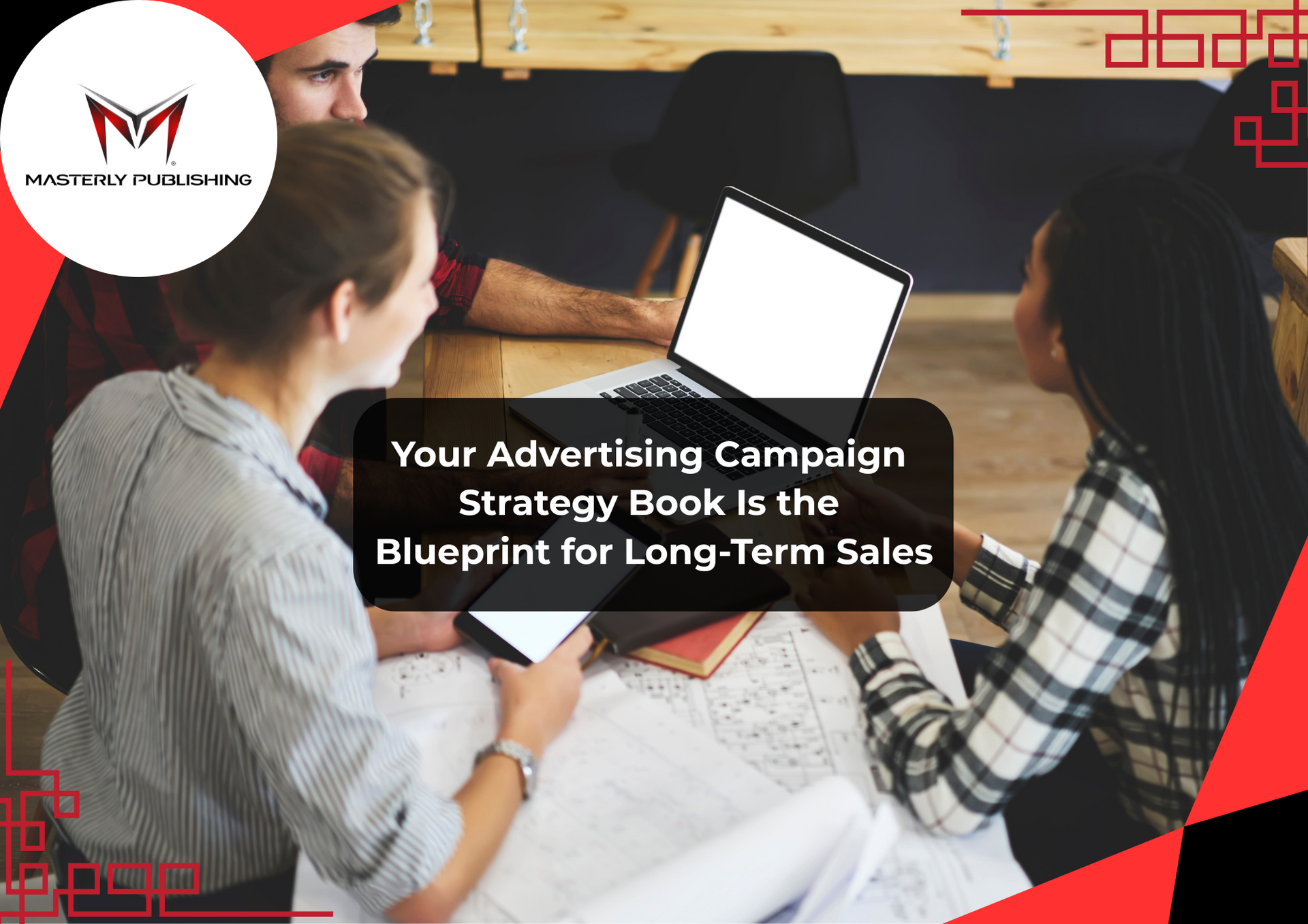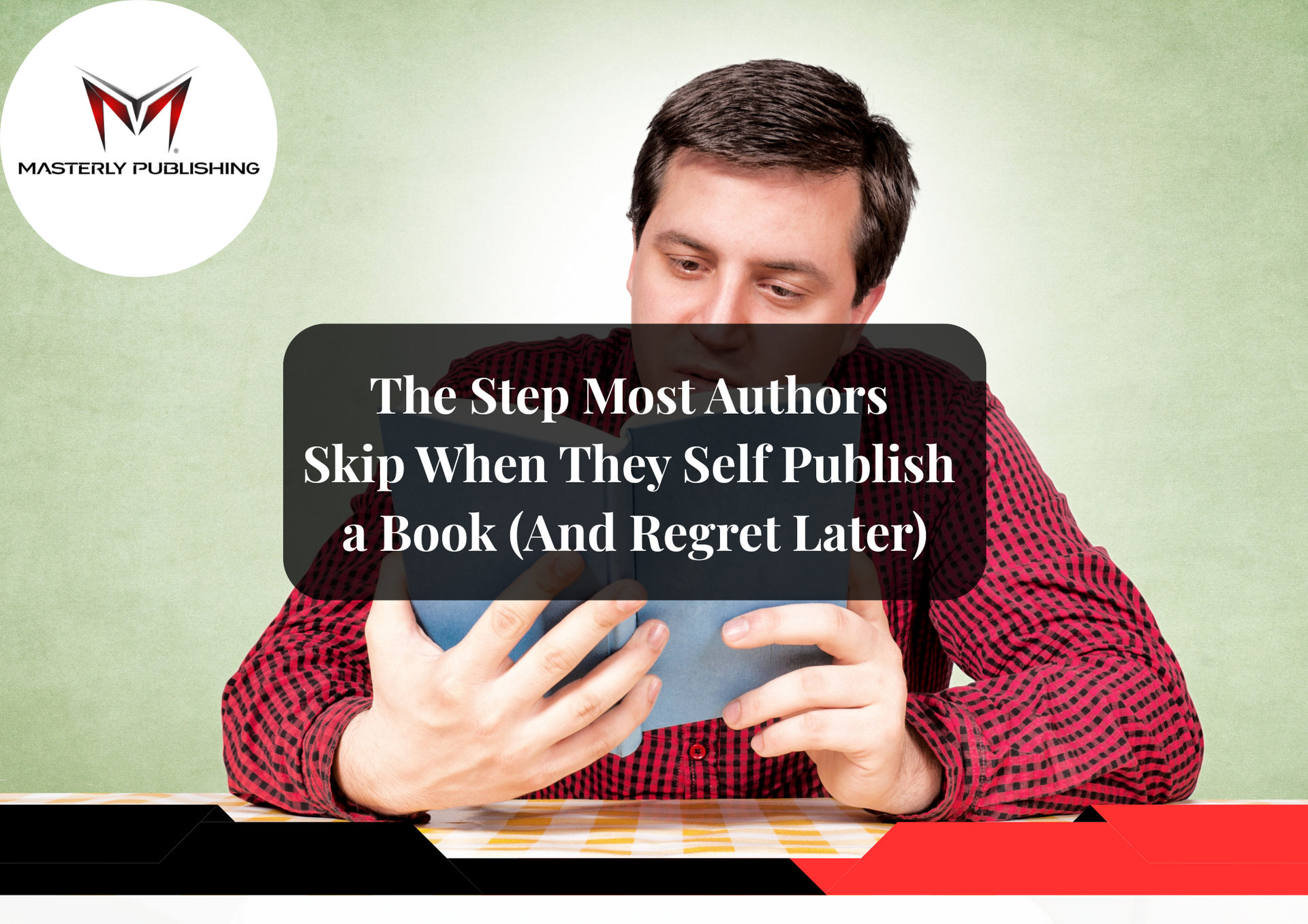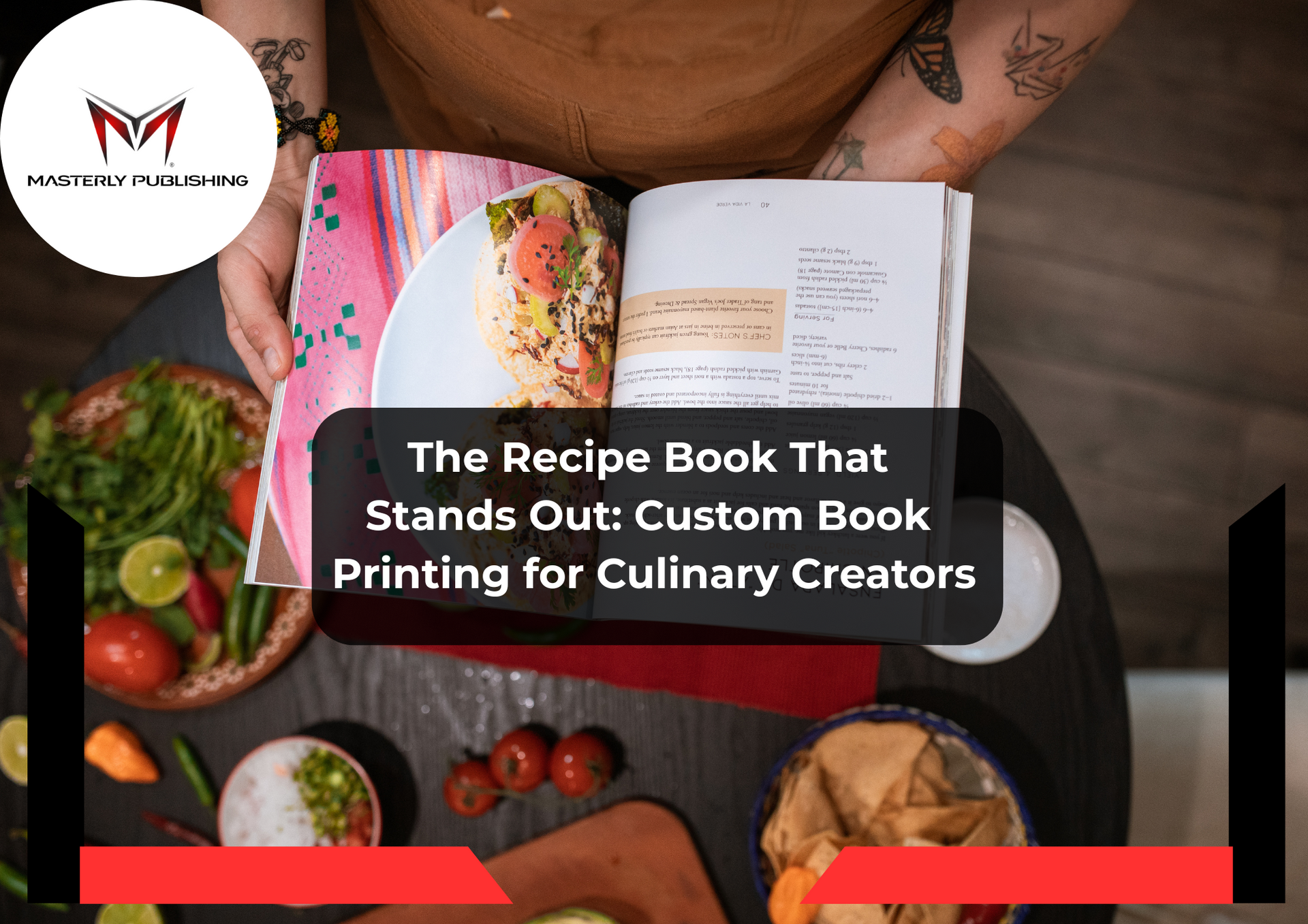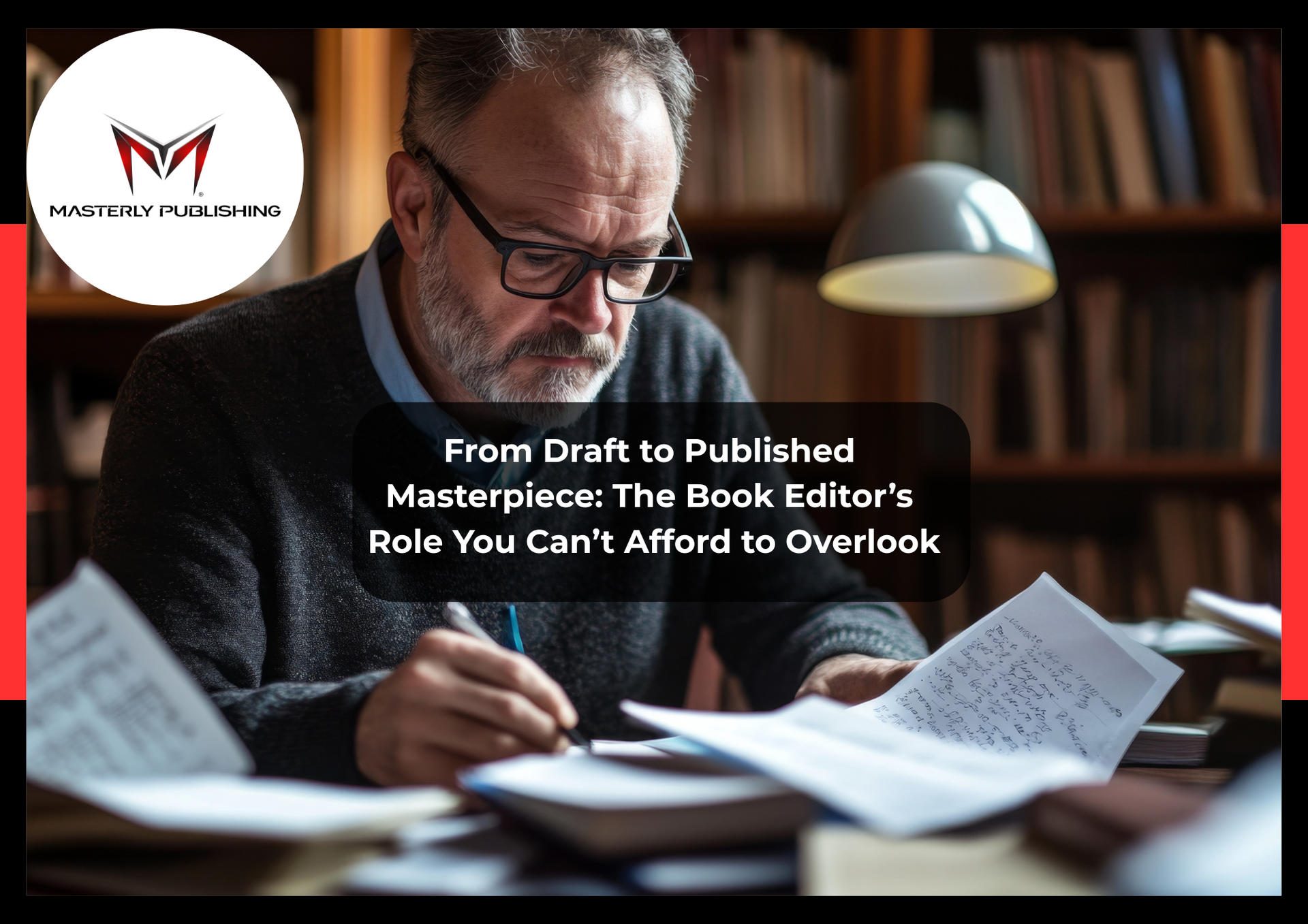Choosing Between Paperback and Hardcover Which Format Best Suits Your Book
Selecting the right format for your custom book printing project is a critical step in the book printing process. Whether you are publishing your own book or working on a larger book printing endeavor, understanding the benefits of paperback and hardcover books can help you make an informed decision. Each format has unique advantages that cater to different genres, printing options, and target audiences. At Masterly Publishing, we offer professional book printing services designed to support self-publishing authors in creating high-quality books tailored to their vision.
The Differences Between Paperback and Hardcover Books
Before deciding on a format, it’s essential to compare the characteristics of paperback books and hardcover books. Each option has distinct benefits that impact quality, binding, and cost.
Paperback Books: A Cost-Effective and Flexible Option
Paperback books are one of the most common printed book formats due to their affordability and accessibility. This format is ideal for a global audience and offers a variety of paper stocks to enhance quality.
Advantages of Paperback Books:
- Lower price: More affordable than hardcover books, making them ideal for self-publishing authors.
- Quick production: Faster turnaround time, often within business days, compared to hardcover options.
- Versatile paper type: Can be printed on uncoated paper, glossy, or matte finishes.
- Perfect bound: Features glued binding, which creates a sleek spine and is commonly used in novels, cookbooks, and magazines.
- Easier to carry: Lightweight and travel-friendly, making it an attractive choice for readers on the go.
Hardcover Books: Durability and a Premium Feel
For authors looking to create a high-quality book, hardcover books are a great choice. They are often used for graphic novels, children’s books, and collector’s editions due to their superior quality and durability.
Advantages of Hardcover Books:
- Long-lasting durability: A hardcover protects the pages from damage, making the final product more resilient.
- Professional appearance: Creates a polished, elegant look, adding value to your book design.
- Multiple binding options: Includes sewn binding, wire-o binding, and perfect bound options.
- Ideal for display: Works well for authors looking to sell books in bookstores or place them on a book stand.
- High-quality images: Provides a premium feel, enhancing the presentation of printed books with rich colors and crisp details.
Factors to Consider When Choosing a Format
Your book printing format should align with your project goals, target audience, and budget. Here are some key considerations:
1. Cost and Production Time
- Paperback books offer a more affordable option with quick production, while hardcover books involve higher costs and a longer printing process.
- Costs vary depending on page count, paper stocks, and binding options.
2. Book Genre and Purpose
- Hardcover books are ideal for high-quality books, graphic novels, and children’s books.
- Paperback books work well for novels, memoirs, and cookbooks that require easy accessibility.
3. Durability and Reader Preference
- If longevity is a priority, hardcover provides a more durable final product.
- For casual reading, paperback is a more practical and cost-effective choice.
4. Printing Options and Customization
- We offer custom book printing services with various paper types, format options, and cover designs.
- Our latest technology, including HP Indigo, ensures high-quality books with precision and color accuracy.
5. Self-Publishing and Distribution Goals
- If you plan to sell books online, upload your files to a publishing website and select the best book printing options for your audience.
- If you need one copy or a bulk order, we provide tailored book printing services to match your needs.

Bringing Your Book to Life with Masterly Publishing
At Masterly Publishing, we specialize in custom book printing for authors looking to bring their own book to market. Our services include:
- Professional book design and formatting to ensure your book looks polished and ready for publication.
- Editing and proofreading support to refine your manuscript before print.
- Custom book cover design for both paperback and hardcover editions.
- Binding options like perfect bound, wire-o binding, and sewn binding for a professional touch.
- Fast shipping and affordable pricing to make self-publishing seamless and efficient.
Which Format Best Suits Your Book?
Selecting the right format for your book is a crucial step in the self-publishing process. Both paperback and hardcover options have their advantages, and the best choice depends on your story's genre, target audience, and production budget. For example, hardcover books often appeal to collectors and readers who prefer durability, while paperbacks are more affordable and widely accessible.
Many authors use free software to format their manuscripts, but it's important to ensure that the final layout is professional to avoid a costly mistake. If you're new to publishing, researching best practices and learning from real people who have successfully published can be helpful. A common note for first-time authors is that while hardcovers may seem prestigious, they are not absolutely necessary for every book. Instead, consider your readership and sales goals before making a final decision.
Paperback vs. Hardcover: Which One Fits Your Publishing Goals?
When navigating the self-publishing process, one of the key decisions authors must make is whether to publish in paperback or hardcover. Each format has its own advantages, depending on the story being told and the target audience. For example, hardcovers are often used for special editions, professional publications, or books meant to be displayed, while paperbacks are more cost-effective and widely accessible for everyday readers.
Understanding the book printing process is essential when making this choice. Hardcovers require specialized binding techniques and thicker covers, leading to higher production costs. Meanwhile, paperbacks offer a more budget-friendly book printing option, allowing indie authors to distribute their work efficiently. Additionally, formatting your manuscript correctly is crucial, as errors in your files can lead to printing delays and costly reprints.
Many authors rely on free software to format their books, but working with a professional can help avoid common mistakes. If you’re new to writing, learning from real people who have successfully published their work can be incredibly helpful. A key note for first-time authors is that while hardcover books may seem prestigious, they are not absolutely necessary for every project. Instead, weigh your budget, distribution plan, and reader preferences before making a final decision.
No matter which format you choose, having a strong online presence is essential. Creating a website dedicated to your book can boost visibility, provide direct sales opportunities, and keep readers engaged with your latest work.

Choosing the Right Format: Paperback vs. Hardcover for Your Book
One of the most important steps in the self-publishing process is deciding between a paperback and a hardcover format. Your choice depends on factors like budget, audience, and distribution. For example, hardcover books offer a premium feel and durability, making them ideal for collectors and special editions, while paperbacks are more affordable and widely accessible. If your story is intended for casual readers, a paperback might be the better choice, whereas academic texts or coffee table books often benefit from hardcover durability.
The book printing process varies between these formats. Hardcovers require case binding and thicker covers, which can increase production costs and shipping expenses. In contrast, paperbacks use a simpler binding method, making them more cost-effective to produce and ship, especially for international orders. Authors who plan to distribute through online retailers should consider these costs when setting their pricing.
Additionally, if you’re publishing serialized content like magazines, a paperback format is typically the best option due to its affordability and flexibility in distribution. Many magazines use perfect binding, a process also common in paperback books, allowing for lower production costs while maintaining a professional appearance.
Properly formatting your manuscript and preparing print-ready files is crucial. Many authors use free software to design their layouts, but errors can lead to expensive mistakes during printing. Researching best practices and learning from real people who have successfully published can be helpful in avoiding these issues.
Whether you choose paperback, hardcover, or a format suited for magazines, an effective marketing strategy is essential. Setting up a website for your book can drive sales, provide updates to readers, and help establish your brand as an author.
Let’s Discuss Your Book Printing Project
Every author has a unique vision, and we’re here to help you create the perfect printed book. Whether you need a paperback for mass distribution or a hardcover for a premium feel, Masterly Publishing provides tailored book printing services to meet your needs.
Contact us at (888) 209-4055 to book a free consultation. Our team is ready to answer any questions you have about custom book printing, book printing options, and everything you need to successfully publish your book.




